Is Labor Making a Comeback? The 2022 Strike Wave in Turkey
Since the beginning of 2022, Turkey has witnessed an unexpected strike wave. The strike by couriers at Trendyol, an e-commerce platform bought by Alibaba in 2018, has attracted the most public attention. Around 1,000 couriers, which the firm hires on a self-employed basis, “switched off” their vehicles for three days and won a pay raise. They are far from alone. We have identified a total of 65 strikes between January 1 and February 14, 2022, all of which were unauthorized except the one at the BBC’s İstanbul office. Six strikes among couriers were accompanied by ten strikes by sock workers in İstanbul, 22 strikes in Gaziantep, an industrial city in the southeast of Turkey, and 27 more strikes in different places. These strikes, with one exception, were all in the private sector. At least 14,000 workers participated in the 64 private sector strikes, and in at least 29 of these cases, workers won some of their demands.
As the Labor Studies Collective, we have been exploring working-class protests in Turkey since 2015 using protest event analysis. Our data is helpful to put the intensity of the current strike wave into perspective. We identified 151 unofficial strikes in 2015, 99 in 2017, and 93 in 2020. In other words, in the first six weeks of 2022, there have been as many strikes as were seen three-quarters of the way through 2020. The current wave is only comparable to the wildcat strikes organized by thousands of metalworkers in May 2015.
Despite plenty of obstacles, thousands of workers have dared to stage these strikes. For a start, Turkey has been experiencing rising authoritarianism. Since 2015, the government has banned 227 lawful strikes of some 170,000 workers. Meanwhile protesting and public demonstrations have become riskier. Our research found that police forces intervened in nine percent of working-class protests in 2015, while the ratio increased to 16 percent in 2016 and 21 percent in 2017. Indeed, police intervened brutally in the unofficial strike at the Farplas plant this January, taking nearly 200 workers into custody. According to the ITUC, Turkey has been among the ten worst countries for unions since 2016. Union membership in the private sector has dropped to around six percent. So the question arises: why and how are these strikes occurring now?
Turkey is experiencing an ongoing currency and debt crisis resulting in high inflation, which is running at 48 percent according to the government, yet there are estimates as high as 115 percent according to independent researchers. Facing an election in the summer of 2023 (at the latest), the AKP (Justice and Development Party) government has been forced to increase the minimum wage, upping it by nearly 50 percent in January 2022. In almost all of the 65 strikes we have identified this year so far, the workers’ primary demand has been higher pay raises. However, the mere presence of economic hardship is not an automatic driver of increased protest; it can also lead to despair and self-destruction. In fact, in 2018, when the current crisis began, the number of suicides or suicide attempts in public places driven by economic factors rose markedly. What, then, are the factors that have given thousands the inspiration and power to strike?
Despite the authoritarian context, Turkish workers have staged a considerable number of protests recently. In our research, we identified 749 cases of working-class protest in 2015, while the number swung between 608 and 633 from 2016 through 2019. In 2020, despite the constraining effects of pandemic lockdowns, the number of cases increased to 706. We have not finished the research for 2021; however, our preliminary observations hint at a further rise. In sum, the current strike wave appears to be built on solid and slightly intensifying working-class militancy.
Since the dominance of capitalism rests not only on force but on hegemony and manipulation, self-confidence and ideological fight over what is possible on the part of workers are crucial. As the most public case, the Trendyol couriers’ victory proved the point: striking is possible and can be very effective. During the COVID-19 pandemic, e-commerce firms have grown substantially. While employers have preferred not to share their skyrocketing profits with their so-called “partners,” the overall economy and our daily lives have become much more dependent on the couriers’ labor. This increased dependency has boosted the couriers’ structural power. Another group of workers who have worked extra hard during the pandemic and lately exhibited pronounced militancy is health workers in public hospitals.
Of the 65 strikes we identified this year, 37 were organized by workers alone without the support of a formal union. However, many high-profile cases — including those at the BBC, Trendyol, Farplas, Yemek Sepeti, Migros, Alpin Çorap, and many others — were organized with the support of leftist/socialist unions. 22 strikes in Gaziantep were encouraged by a newly established, independent, left-wing union. In fact, socialists remain pretty active in labor organizing in Turkey. It seems like socialists need workers as much as workers need them to succeed in their mobilizations.
Last but not least, global factors are at play. Several studies have found a growing number of protests and strikes among delivery workers all over the globe in the last couple of years. The working class as a whole is in a more militant mood, and not only in prominent cases such as Chile and the US. Indeed, several studies have identified an uptick in global labor militancy over the last decade. It may be way too early to talk about labor’s “comeback,” but it is clear that the dog days of the 1990s and 2000s have passed.
As of February 21, the number of new strikes appears to have subsided. Meanwhile, signs are growing that Turkey might finally be approaching the end of the AKP era. Labor can take advantage of the approaching critical juncture. Indeed, even moderate democratization after AKP would open significant space for the labor movement to revitalize. All this enables us to speculate that an opportunity for a certain labor comeback in Turkey seems close at hand.
Explore New Perspectives on Turkey on Cambridge Core to learn more about this ground-breaking Journal and its content offerings.
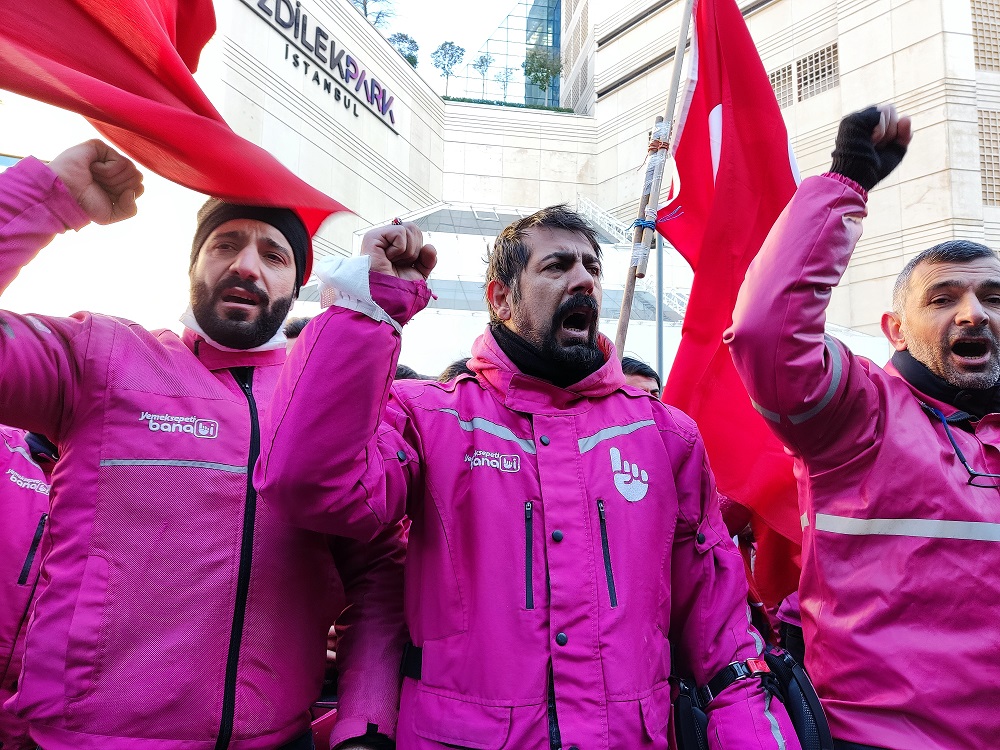
The photographer is by Eren Ergine from Evrensel Gazetesi.
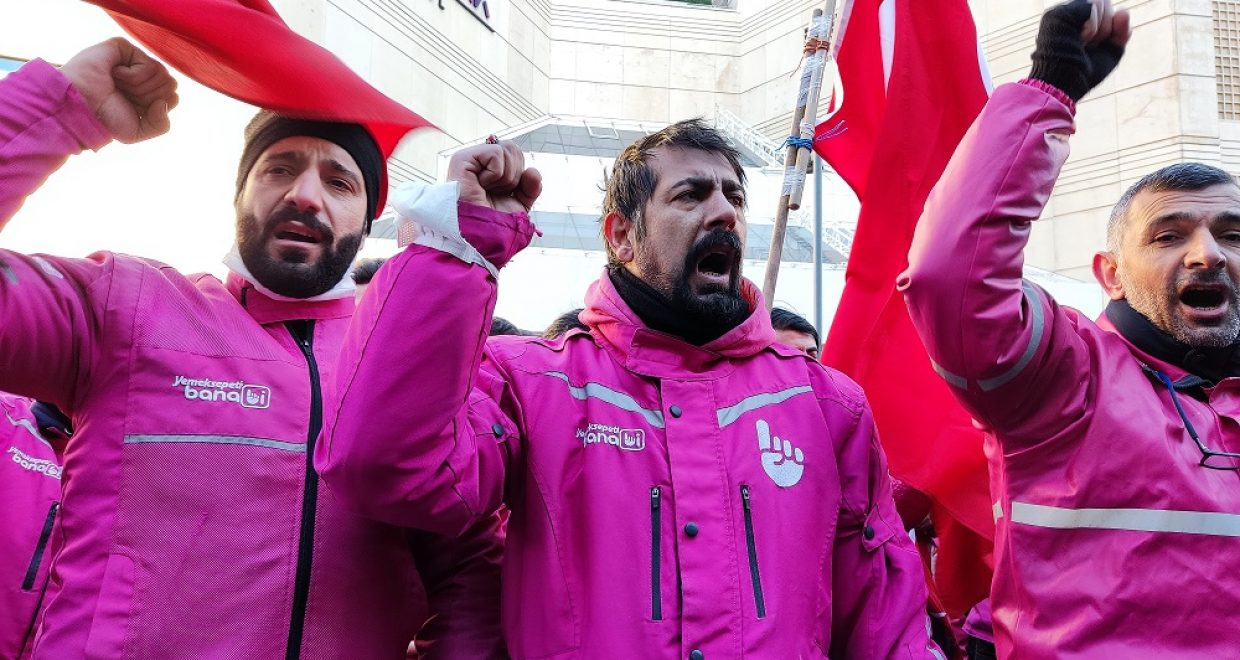

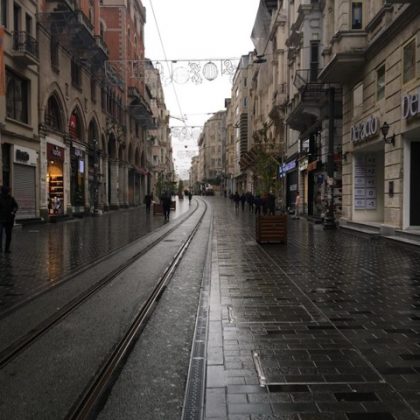
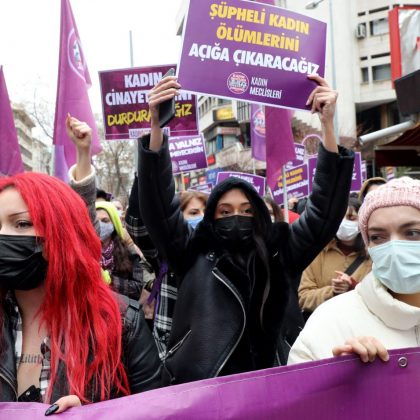
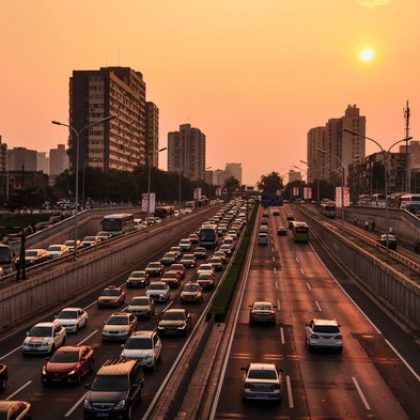


You can read more about this topic here read more